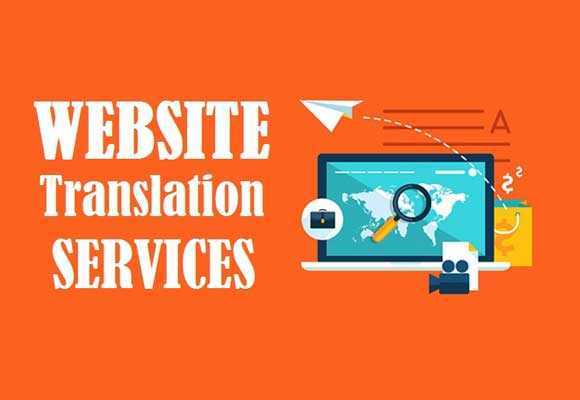Why It Is Important To Translate Websites
When marketing a product in a new country, software vendors spend time on globalization strategies. They discussed product internationalization, marketing localization, and sales and marketing strategies. However, translating a website into native languages or creating a multilingual website often becomes remote or neglected.
Translating a website is believed to be a relatively effortless task that is usually the responsibility of a marketing team. The marketing team may outsource tasks to other departments or an external website translation service or language service provider (LSP). If you’re looking for more information about website translation services check this out.

Image Source: Google
This entire process is often broken down without sharing major resources such as translation memory or translated document databases, which in turn increases costs and lowers efficiency. In contrast, pre-planning for translation needs, including a website, with a discussion of how and what other materials to find opens up a broader plan.
Why is it important to translate websites?
According to a recent study by Gartner Digital Markets, nearly 66% of shoppers believe that reading or accessing software vendor websites and landing pages in their primary language is moderate or extremely important.
Providing a localized website, or at least a local landing page where you can activate your campaign, can be important for vendors doing business or attracting new customers in Asia, Europe, and South America where the majority of the population speaks the local language.